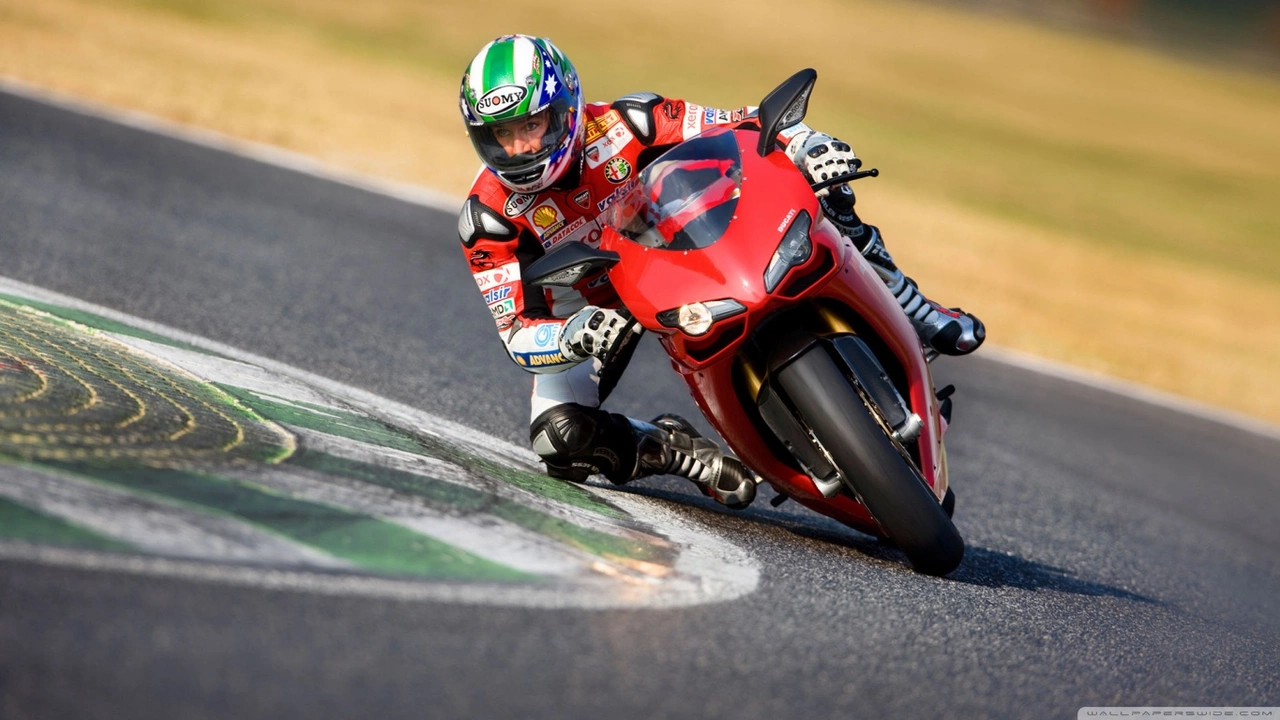Motorcycle racers lean at seemingly impossible angles without falling due to physics and skill. They use a technique called countersteering, where they push the handlebar in the opposite direction of the turn which leans the bike into the turn. Tires designed for racing also play a crucial role, as they are generally wider and softer, providing more grip. The rider's skill in managing their body weight and maintaining balance is also essential. It's a thrilling dance between rider and machine, all governed by the laws of physics.
Balance in Motorsports – Why Stability Matters for Drivers, Bikes & Cars
Ever wondered why the best racers seem glued to the track, never wobbling? It’s all about balance. Whether you’re on a two‑wheel bike, a high‑speed car, or sitting in the cockpit of an F1 machine, staying stable makes the difference between a clean lap and a crash.
Why Balance is Critical in Racing
First off, balance controls the forces that push you around corners. A rider who leans correctly can keep the bike’s contact patch glued to the asphalt, letting the tires grip better. In a car, weight distribution across the front and rear axles decides how quickly you can brake or accelerate without losing traction. Even the driver’s posture affects how the car reacts – a slouched seat can shift the center of gravity and make the car feel “loose”.
Second, balance is a safety net. When a tire loses grip, a well‑balanced vehicle gives you more time to correct the slide. Think of it like a tightrope walker: the steadier the line, the easier it is to recover from a wobble. That’s why professional teams spend millions on suspensions, chassis tuning, and driver training focused on balance.
Practical Ways to Boost Your Balance on Bike and Car
Start with core strength. A strong core lets you shift your weight quickly without losing control. Simple planks, Russian twists, and bicycle crunches three times a week can make a noticeable difference on the track.
Next, practice low‑speed cornering. Slow drills force you to rely on body position instead of brute force. On a bike, try “track‑stand” exercises and figure‑8s to feel how the bike reacts when you move your hips. In a car, do “cone drills” with a focus on smooth steering inputs and gradual throttle changes.
Don’t ignore your gear. On a bike, the right foot placement and handlebar height give you more leverage. In a car, adjust the seat and pedal positions so your knees are slightly bent and you can reach the controls without stretching.
Finally, get feedback. Use a data logger or a simple video to watch your lines. Notice where you’re over‑steering or under‑steering, then fine‑tune your weight shift. Small tweaks add up, turning a shaky ride into a smooth, confident run.
Balance isn’t a mystery reserved for elite teams – it’s a skill you can build with everyday training and mindful practice. Keep your core strong, work on low‑speed drills, and adjust your gear. Soon you’ll feel the difference the moment you hit the track, and that stability will translate into faster laps and safer rides.
